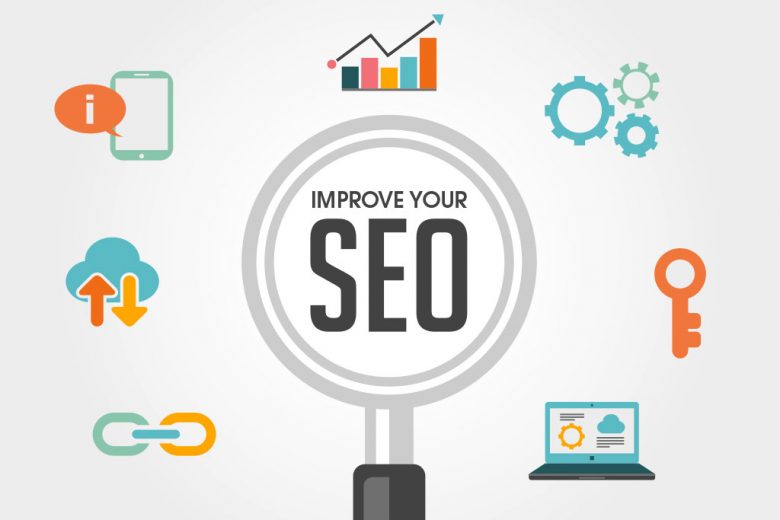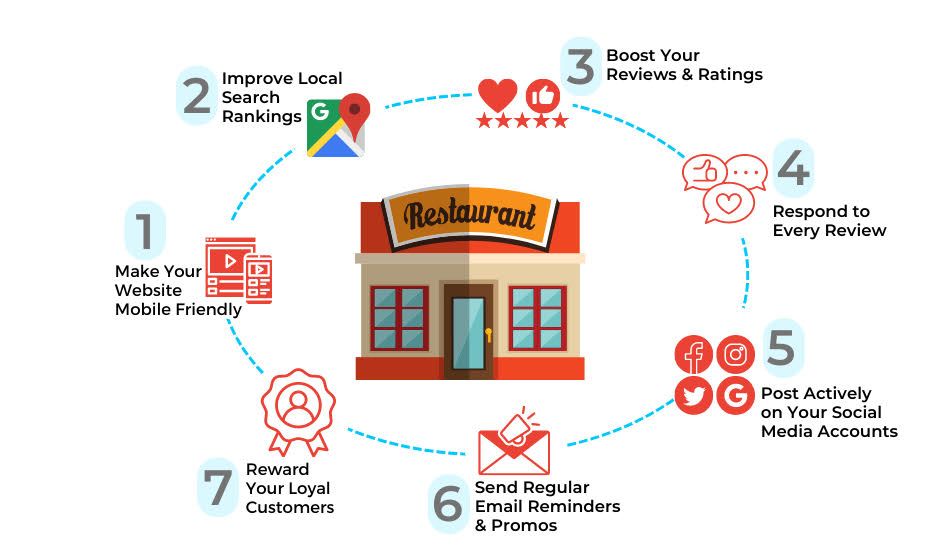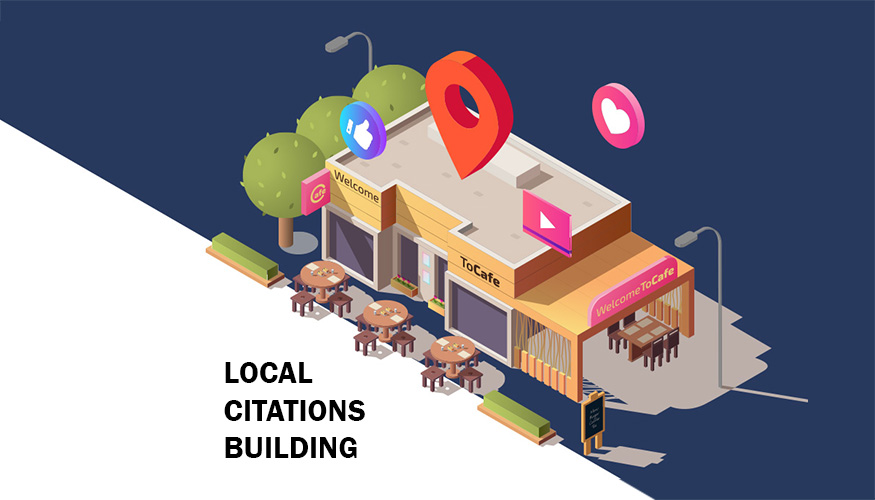Welcome to the Infuzion Marketing blog! Located in East Providence,…
The Ultimate Guide to SEO: Boosting Your Online Presence

In today’s digital age, having a strong online presence is crucial for the success of any business. Search Engine Optimization (SEO) is one of the most effective strategies to ensure that your business is easily found by potential customers online. In this comprehensive guide, we’ll delve into the essentials of SEO, providing you with actionable tips to enhance your website’s visibility and attract more organic traffic.
Understanding SEO
SEO is the practice of optimizing your website to improve its ranking on search engine results pages (SERPs). The higher your site ranks, the more likely it is that users will click on your link. SEO involves various techniques and strategies aimed at making your website more attractive to search engines like Google, Bing, and Yahoo.
Why SEO Matters
- Increased Visibility: Higher rankings mean more visibility. When your website appears on the first page of search results, it receives more clicks and traffic.
- Credibility and Trust: Users tend to trust websites that rank higher on SERPs. A well-optimized site conveys credibility and authority.
- Cost-Effective Marketing: Unlike paid advertising, organic traffic generated through SEO is free. While SEO requires an investment of time and resources, it offers a high return on investment in the long run.
- User Experience: Good SEO practices improve the overall user experience on your website, making it easier for visitors to navigate and find what they need.
Key SEO Strategies
1. Keyword Research
Keywords are the foundation of SEO. They are the terms and phrases that users enter into search engines when looking for information. Conduct thorough keyword research to identify the most relevant and high-traffic keywords for your industry.
- Tools for Keyword Research: Google Keyword Planner, SEMrush, Ahrefs, Moz Keyword Explorer.
- Tips: Focus on long-tail keywords, which are more specific and less competitive. Analyze your competitors’ keywords to find gaps and opportunities.
2. On-Page SEO
On-page SEO involves optimizing individual pages on your website to rank higher and earn more relevant traffic. Key elements include:
- Title Tags: Craft compelling and keyword-rich titles for each page.
- Meta Descriptions: Write concise and informative meta descriptions that encourage clicks.
- Headings (H1, H2, H3): Use headings to structure your content and include keywords.
- Content Quality: Create high-quality, engaging, and original content that provides value to your audience.
- Internal Linking: Link to other relevant pages on your site to enhance navigation and spread link equity.
3. Technical SEO
Technical SEO focuses on improving the backend of your website to help search engines crawl and index your site more effectively.
- Site Speed: Ensure your site loads quickly. Use tools like Google PageSpeed Insights to identify and fix speed issues.
- Mobile-Friendliness: Optimize your site for mobile devices, as a significant portion of searches comes from mobile users.
- XML Sitemap: Create and submit an XML sitemap to search engines to help them understand your site’s structure.
- Robots.txt: Use a robots.txt file to control which pages search engines should and shouldn’t crawl.
4. Off-Page SEO
Off-page SEO involves activities outside your website that impact your rankings.
- Backlink Building: Acquire high-quality backlinks from reputable sites. Guest blogging, influencer outreach, and content marketing are effective strategies.
- Social Media: Maintain an active social media presence to drive traffic and build brand awareness.
- Online Reviews: Encourage satisfied customers to leave positive reviews on platforms like Google My Business and Yelp.
Measuring SEO Success
To track the effectiveness of your SEO efforts, use analytics tools to monitor key metrics:
- Organic Traffic: The number of visitors coming to your site from search engines.
- Keyword Rankings: Your position for target keywords in search results.
- Bounce Rate: The percentage of visitors who leave your site after viewing only one page.
- Conversion Rate: The percentage of visitors who complete a desired action, such as purchasing or filling out a contact form.
Conclusion
SEO is an ongoing process that requires patience, dedication, and continuous learning. Implementing the strategies outlined in this guide can improve your website’s visibility, attract more organic traffic, and ultimately grow your business. Remember, the key to successful SEO is staying up-to-date with the latest trends and best practices, and always prioritizing the needs of your audience.
For personalized SEO strategies tailored to your business needs, contact Infuzion Marketing. Let’s take your online presence to the next level!



